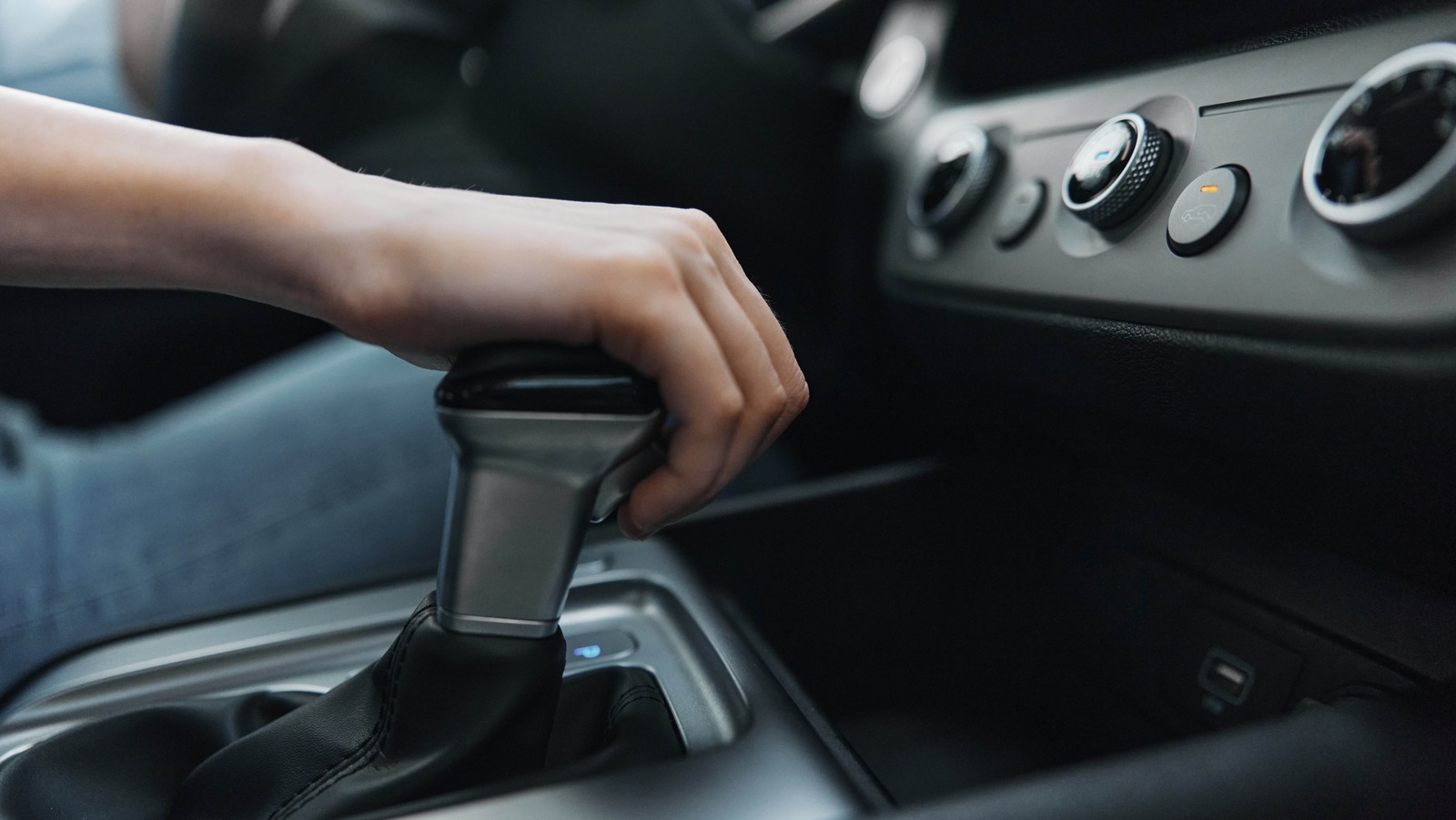Have you ever performed a “money shift” when driving with a manual transmission? If you have, then you know why it’s called a money shift. Although your hand may have moved just a few inches to change gears, your bank account will move a lot further in a way that just might make you scream. The kind of damage done to an engine when performing a money shift can cost thousands of dollars, as we mentioned in an earlier article about how a “money shift” destroys your engine. We wanted to revisit this topic to talk a little more about manual transmissions and how, exactly, rpm and money shifting relate.
To start, let’s look at manual transmissions. They’re usually designed with five gears, plus reverse and neutral, and each gear resonates with an rpm range. You put the car in first gear when pulling out of the driveway or from a complete stop. Only when you start gaining speed do you shift gears.
Shifting between each gear requires more speed, but they all share the same rpm range. Shifting from first to second gear requires 15 mph, from second to third requires 25 mph, 37 mph for switching from third to fourth gear, and 50 mph when switching from fourth to fifth. All of these with 2,500 to 3,500 rpm on the tachometer. At first glance, it doesn’t seem like much, but each gear serves a different purpose. Mixing them up can be a costly mistake.
The complicated money shift
In a YouTube video by Engineering Explained, the driver wants to shift up to fourth gear to accelerate and bring the rpm down to a more manageable level — but misses fourth gear and engages second instead. This causes the rpm to shoot up to about 10,000. Your engine isn’t designed for this kind of stress. In fact, it might just explode.
Why? By doing this, the engine revs up, increasing the rpm, and pushes it past the redline on the tachometer. Normally, it’s not a problem if you accidentally hit the redline for a few seconds. However, doing so for longer periods will cause problems. Not only will it lead to premature engine wear, but it can cause a valve float. To explain this, we need to use a lot of car jargon.
An engine lifter is a component that communicates with another component called the camshaft. The camshaft is responsible for opening and closing the engine cylinder’s valves to let air into the combustion chamber, where a mixture of air and oxygen will ignite to make the car go. A valve float will throw the lifter off, which can lead to engine misfires, and irreparable damage to the valve train and pistons. It’s crazy how expensive a small mistake like this can be. But hey, if you’re still determined to get yourself a car with manual transmission, we suggest you read up on the best cars for leaning how to drive stick.




